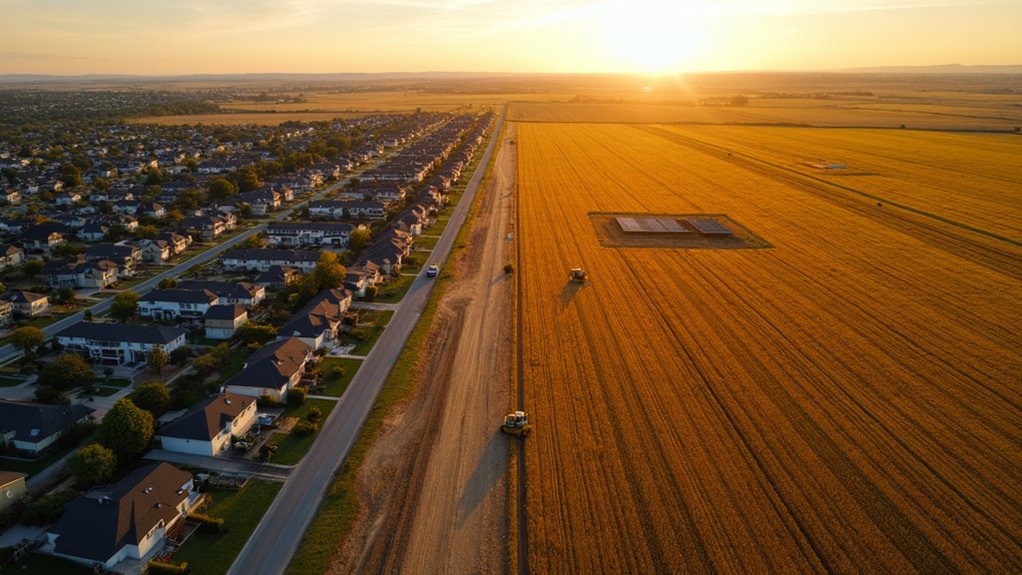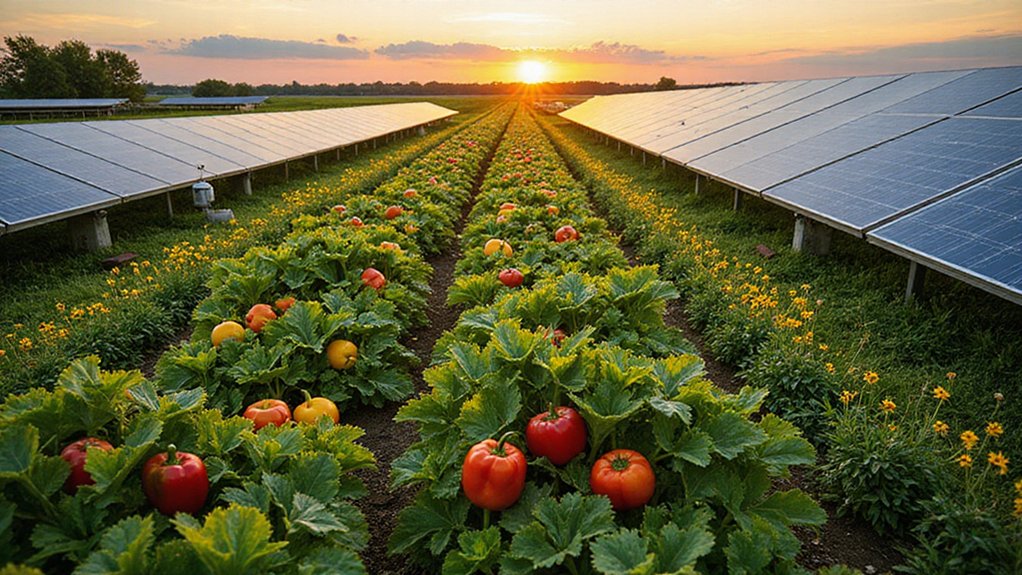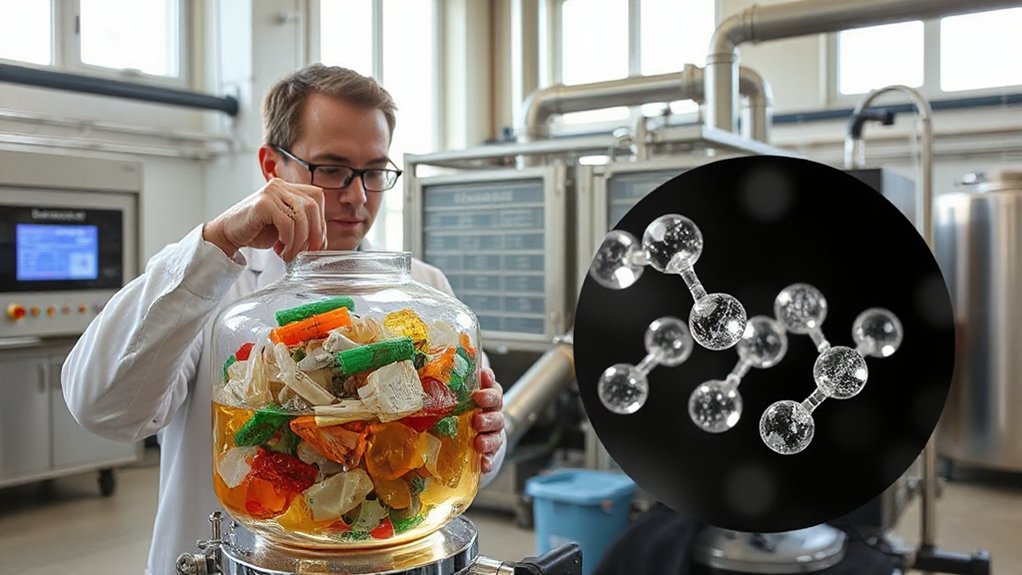While housing prices shot up 47% since 2020, something else disappeared—farmland. The math is brutal: 11 million acres of farms and ranches got bulldozed for development in recent years. That’s 4 million acres for strip malls and subdivisions, another 7 million for those sprawling McMansion lots.
By 2040, developers will have chewed through 18.4 million acres total. To put that in perspective, we’re losing farmland the size of South Carolina. Meanwhile, critics attack solar farms for taking agricultural land, ignoring that housing development consumes more farmland in a single day than solar panels do in a month.
We’re losing farmland the size of South Carolina while critics obsess over solar panels.
The American Farmland Trust mapped it all out. The worst hit? Texas, North Carolina, New Jersey, Tennessee, and Georgia. Though tiny states like Rhode Island and Connecticut are getting hammered too. Once farmland becomes low-density residential, it’s 23 times more likely to get fully urbanized. Game over for food production.
Farmland values have doubled since 2009. Wyoming‘s cropland and pastureland both jumped 4% this year alone. The state has 607,816 acres listed for sale right now, worth about $3 billion. Local ranchers and farmers still dominate the buyer pool, especially after strong cattle prices in 2024 boosted their incomes. The limited supply of available land across the Mountain West has created a cushion effect, maintaining price stability even as development pressures mount.
Sure, fuel and equipment costs climbed with inflation, but producers who cashed in during the commodity boom just plowed profits back into more land. Energy and mineral rights sweeten Wyoming deals. Areas near Jackson or the Bighorns attract conservation buyers wanting recreational ranches. Cash buyers don’t care much about interest rates, keeping the market steady despite everything else going crazy.
The irony? Land remains a solid store of value precisely because there’s less of it. Weak land use policies let developers run wild while everyone wrings their hands about food security. The American Farmland Trust keeps pushing for smarter planning, even creating policy scorecards to track state preservation efforts. Since 1960, the U.S. has already lost 140 million acres of farmland, and finance monopolies have only accelerated the crisis by treating agricultural land as investment portfolios rather than food production assets.
But scorecards don’t stop bulldozers. Every day, more farmland vanishes under concrete and cul-de-sacs. The housing boom‘s appetite seems endless, and farmland keeps paying the price.
References
- https://www.swanlandco.com/2025/03/25/2025-land-market-outlook/
- https://www.localfutures.org/land-culture-farming-and-movements-in-2025/
- https://investigatemidwest.org/2025/03/12/farmland-values-lose-steam-after-years-of-rapid-growth/
- https://farmland.org/blog/new-report-smarter-land-use-planning-is-urgently-needed-to-safeguard-the-land-that-grows-our-food
- https://www.thedailyscoop.com/news/retail-industry/under-pressure-see-how-development-threatens-farmland








